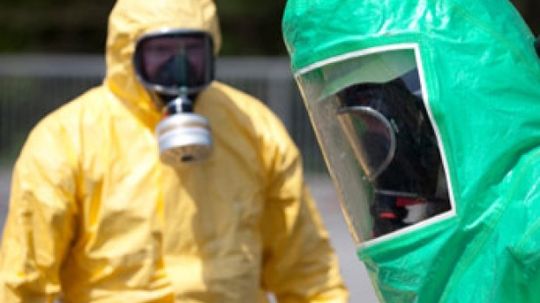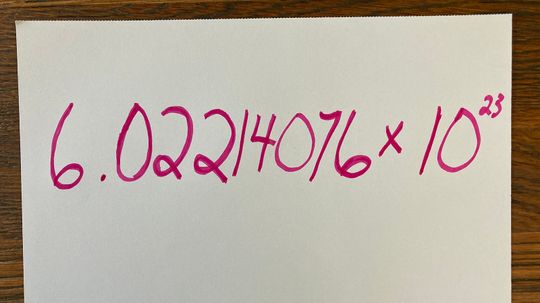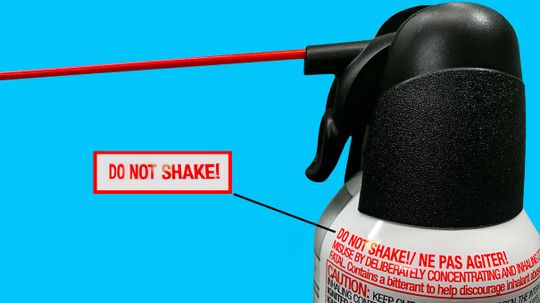Physical Science
Physical science is the study of the physical world around you. Learn about everything from electricity to magnetism in this section.

Brown Noise vs. White Noise: Which Is Best for Quality Sleep?

Can a sound wave kill you?

Can two cans and a string really be used to talk over a distance?

7 Types of Alcohol for Drinking, Cleaning and More

Understanding the Empirical Formula in Chemistry
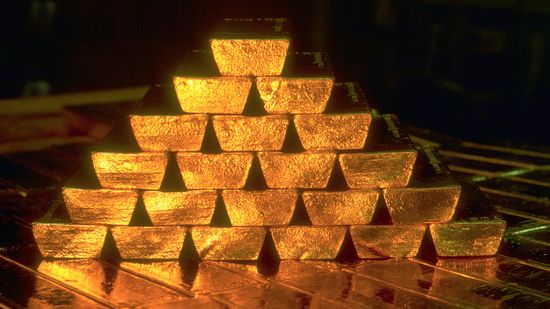
The Most Expensive Metal in the World Isn't Gold or Platinum

How Electricity Works

How Faraday Cages Work

How Gasoline Works

What Does Mummification Have to Do With Gene Hackman?

What do bugs have to do with forensic science?

5 Things You Didn't Know About Autopsies

How Alchemy Paved the Way for Chemistry

How did Nikola Tesla change the way we use energy?

Time May Not Exist, Say Some Physicists and Philosophers

Why Does Ice Stick to Your Fingers?

What if I forgot to remove a piercing before an MRI?
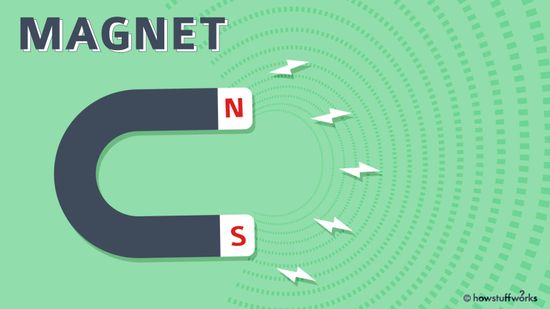
A Kid-friendly Introduction to Magnets and Magnetism

What's the Hardest Math Problem in the World? Try These 9

8 Types of Data That Inform Insights and Relationships
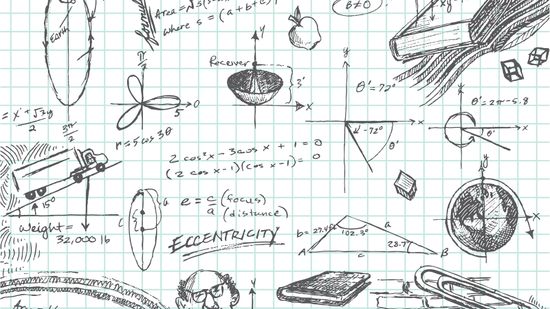
Congruent Angles: Definition, Symbol and Key Theorems

Tonnes vs. Tons: Metric vs. Imperial Measurements Strike Again

The Most Expensive Liquid Is 26,000x the Price of Human Blood

5 Hugely Fun Facts About Mass (Not Weight)

The Demon Core: A Tale of Atomic Ambition and Tragic Fate
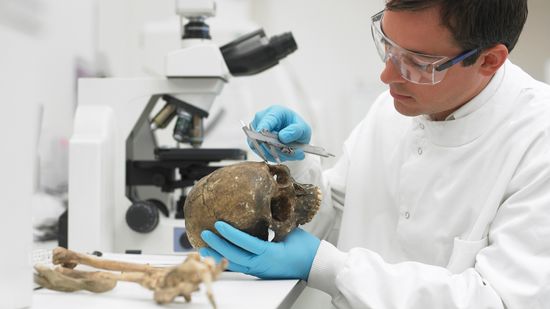
Half-Life Formula: Components and Applications
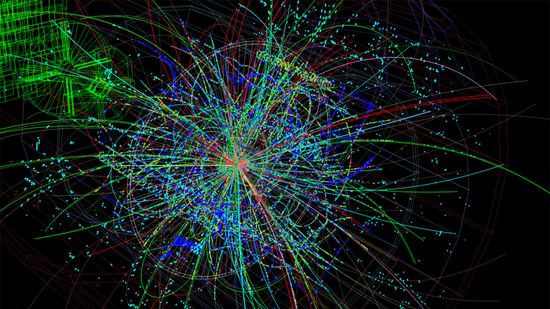
Could an 'X17 Particle' Hint at a Fifth Force in the Universe?

Why Are School Buses Yellow?

HowStuffWorks: How To Draw An Impossible Shape
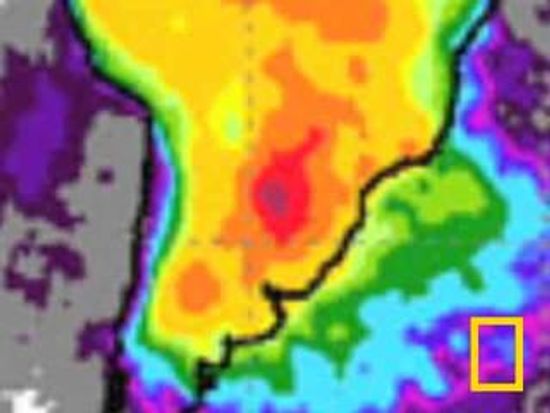
What Are the Colors in the Visible Spectrum?
Learn More / Page 9
How effective is fighting a wildfire with controlled fire?
By Oisin Curran
In 1957, Hugh Everett first wrote about the multiverse - different realms where every choice spawns a separate universe in which another version of ourselves does something different. It sounds crazy, but here are some reasons it might be true.
Has this ever happened to you? The meteorologist calls for a massive snowstorm, but the flakes fail to arrive. Chaos theory can shed light on why forecasts fail (and why our orderly world may not be so orderly after all).
Advertisement
Seven ounces a ray! No, that's a lie. Measuring the weight of light is not as straightforward as that. So what's the more complicated explanation?
By Kate Kershner & Yara Simón
Atoms: the building blocks of life and the universe. We're all made of these microscopic bits of matter, but how many does it take to make a complete human being? And exactly what kinds of atoms do we have inside us?
Nuclear waste epitomizes the double-edged sword of modern technology. It's a toxic and radioactive byproduct of nuclear medicine, nuclear weapons manufacturing and nuclear power plants.
You need to make a magnet stronger, but you're not sure how to do it. Learn about how to make a magnet stronger in this article.
Advertisement
Over the years, nuclear reactors have been viewed as both a miracle and a menace. How does a nuclear reactor do its job? And what happens when something goes wrong?
It's lunchtime, and you've spastically spilled soda all over your desk. Chances are you could tackle that mess faster than we could say "Mr. Clean." What do you do though when the spill is radioactive?
Nuclear meltdowns can be scary, but it's important to understand what causes them. Learn about how nuclear meltdowns work.
By Robert Lamb & Desiree Bowie
Mathematics achieves the sublime. Sometimes, as with tessellations, it rises to art. In their simplest form, tessellations consist of a single shape that repeats over a two-dimensional plane without any gaps. Why was M.C. Escher so fixated on them?
Advertisement
Fractals have been around forever but were only defined in the last quarter of the 20th century. Think you can wrap your brain around how fractals work?
By Craig Haggit & Yara Simón
We're all exposed to tiny levels of radiation, but a blast of it can leave you in agony - that is, if it doesn't kill you outright. What is it, what causes it and how can we treat it?
What happens when there's too much voltage? Learn about the difference between voltage surges and spikes from this article.
Kaleidoscopes have been fascinating people since the early 19th century. Whether you think of kaleidoscopes as toys or as works of art, no matter how often you look inside, you'll never see the same thing twice.
Advertisement
Who wants to reduce our complicated universe down to its simplest building blocks? A bunch of particle physicists, that's who. Why is the Higgs boson critical to that goal?
That's one seriously big number, and technically Amedeo Avogadro didn't even come up with it. So how did the Italian chemist make such an indelible (numerical) mark on the wonderful world of chemistry?
It's a force of habit to shake spray canisters, but when it comes to canned air, that inclination could cause frostbite.
The International Thermonuclear Experimental Reactor plant aims to demonstrate that nuclear fusion could be a viable source of power in the future.
Advertisement
Developed in Israel, this foul-smelling liquid has been used on Palestinian and Israeli protesters - and it's showing up in the United States.
By Sarah Gleim
DNA found at a crime scene doesn't automatically mean the person matching it is guilty, say researchers of new forensics guide.
By Dave Roos
Bismuth is a naturally occurring element with many applications in our daily lives, but even more than that, it looks amazing when it cools!
Denatured alcohol is useful for lots of things, but drinking definitely isn't one of them.
Advertisement
Diatomic elements are molecules composed of only two atoms, every time, always. There are only seven of them on the entire periodic table.
Electrons are attracted to some atoms more than others. If two atoms are of equal strength, the electrons will be equally shared. If one atom is stronger, the electrons will be pulled in that atom's direction.












